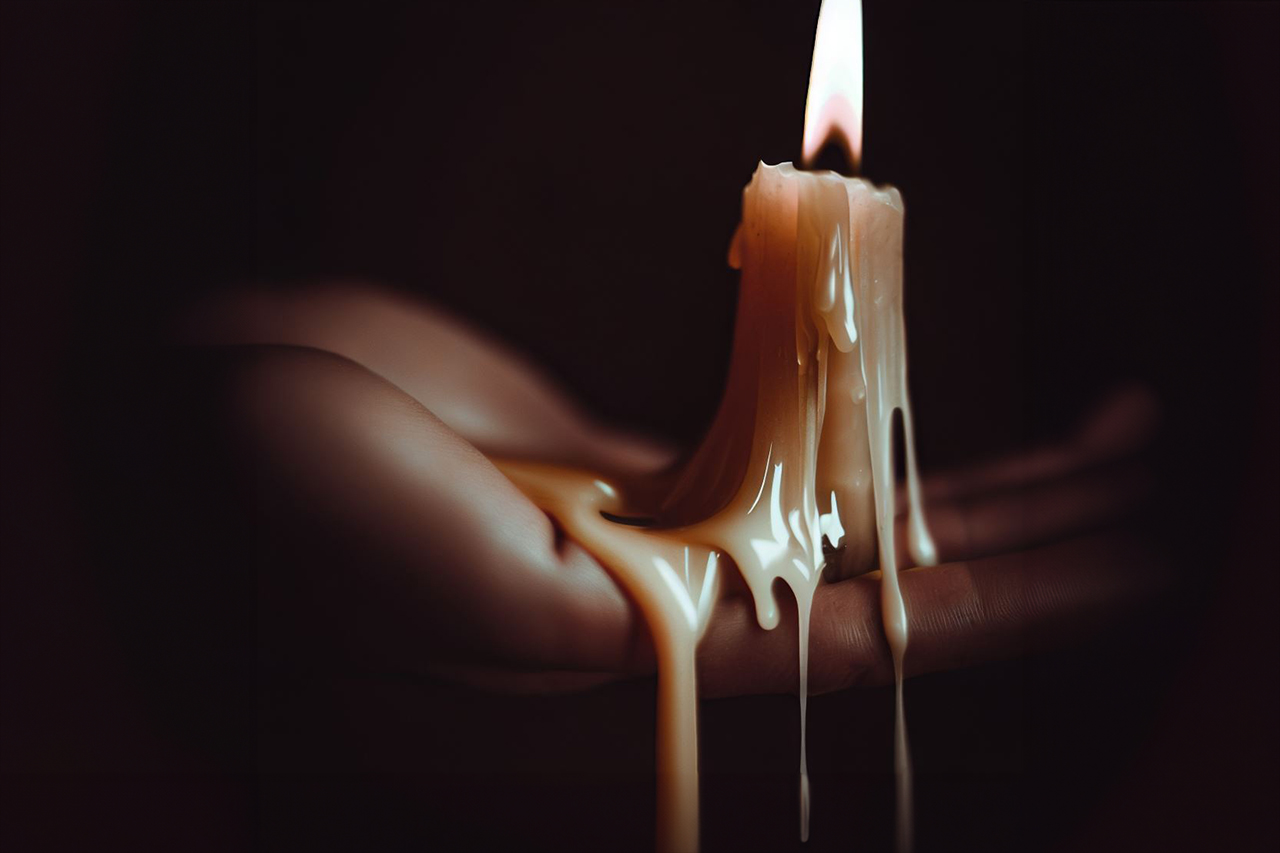Introduction: Understanding the Art of Wax Melting
Melting wax is not merely a mundane task; it’s a craft that demands precision and understanding of the underlying science. From candle making to wax seals, achieving the perfect consistency is crucial for optimal results. In this article, we delve into the science behind melting wax and explore techniques to ensure flawless outcomes.
The Chemistry of Wax Melting: Molecular Insights
Before diving into melting techniques, it’s essential to grasp the chemistry of wax. Typically composed of hydrocarbons, wax molecules exhibit specific melting points depending on their structure and purity. Understanding how heat interacts with these molecules sheds light on the melting process and aids in achieving the desired consistency.
Choosing the Right Wax: A Critical Decision
Not all waxes are created equal. The type of wax you select profoundly impacts the melting process and final results. Whether it’s beeswax, paraffin, soy wax, or a blend, each has unique properties that influence melting temperature, scent retention, and texture. Assessing your project’s requirements and choosing the appropriate wax is the first step towards achieving perfection.

Temperature Control: The Key to Consistency
Maintaining optimal temperature is paramount when melting wax. Too much heat can degrade the wax, affecting its color and scent, while insufficient heat leads to uneven melting. Utilizing a reliable thermometer and employing gentle heat sources like double boilers or slow cookers ensures precise temperature control, resulting in consistent and uniform melting.
Slow and Steady Wins the Race: Patience Pays Off
Rome wasn’t built in a day, and neither are perfectly melted wax creations. Rushing the melting process often leads to undesirable outcomes, such as burnt wax or inconsistent texture. Embrace patience as a virtue and allow the wax to melt gradually, giving ample time for molecules to disperse evenly, resulting in a smooth and flawless consistency.
Stirring Techniques: Homogenizing the Melt
Stirring may seem like a mundane task, but it plays a crucial role in achieving uniform consistency. Gentle and consistent stirring prevents wax from settling unevenly and promotes even heat distribution throughout the melt. Whether using a wooden spoon or a specialized stirring tool, mastering the art of stirring is essential for impeccable results.
Adding Fragrance and Color: Enhancing the Experience
Customizing wax with fragrance and color adds a personal touch to your creations. However, incorporating additives requires finesse to avoid altering the wax’s consistency. Opt for high-quality fragrance oils and dyes specifically formulated for wax to ensure compatibility and optimal results. Experimentation coupled with meticulous measurement is key to achieving the perfect balance of scent and hue.
Cooling and Setting: The Final Touch
Once the wax reaches the desired consistency and is infused with fragrance and color, it’s time for the cooling and setting phase. Controlled cooling at room temperature or in a cold water bath promotes even solidification, preventing cracks or surface imperfections. Exercise patience during this phase, allowing ample time for the wax to set fully before handling or further processing.
Conclusion: Mastering the Art of Wax Melting
Melting wax is a marriage of science and art, requiring precision, patience, and attention to detail. By understanding the chemistry behind wax melting and implementing proper techniques, you can achieve the perfect consistency for your projects, whether it’s crafting candles, sealing letters, or creating bespoke wax creations. Embrace the journey of wax melting as a rewarding endeavor, where science meets creativity to produce impeccable results.









